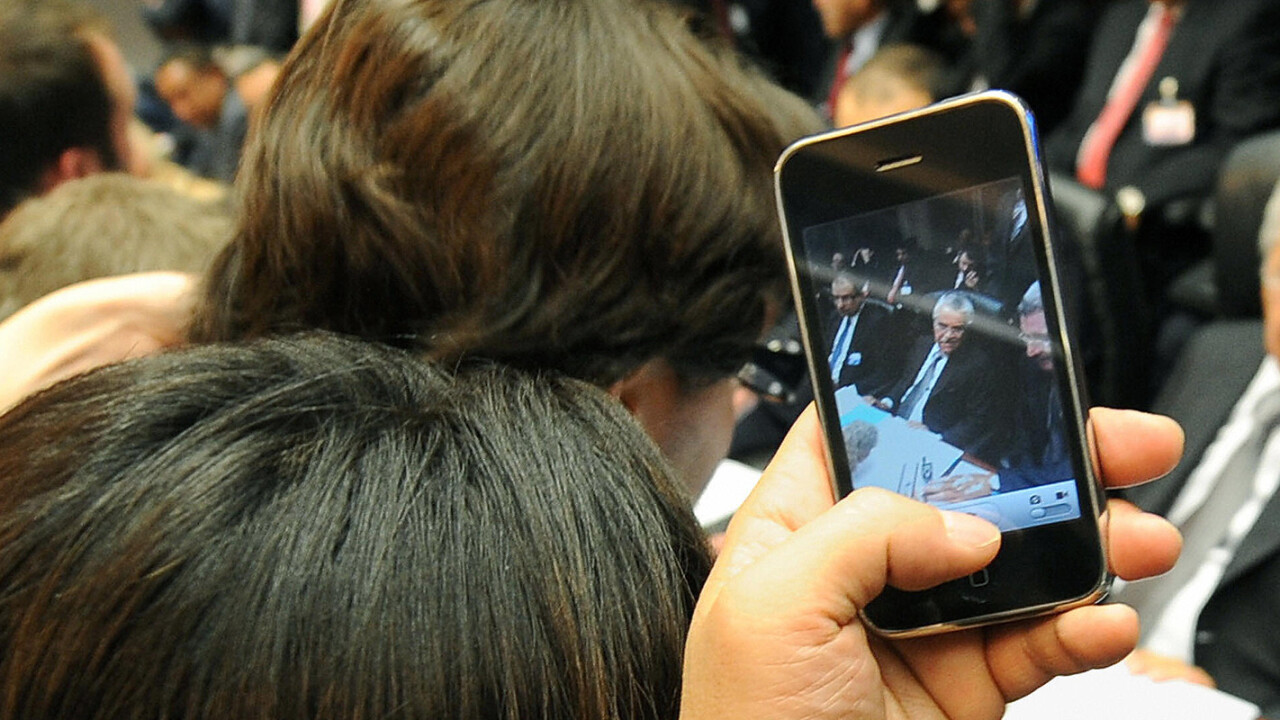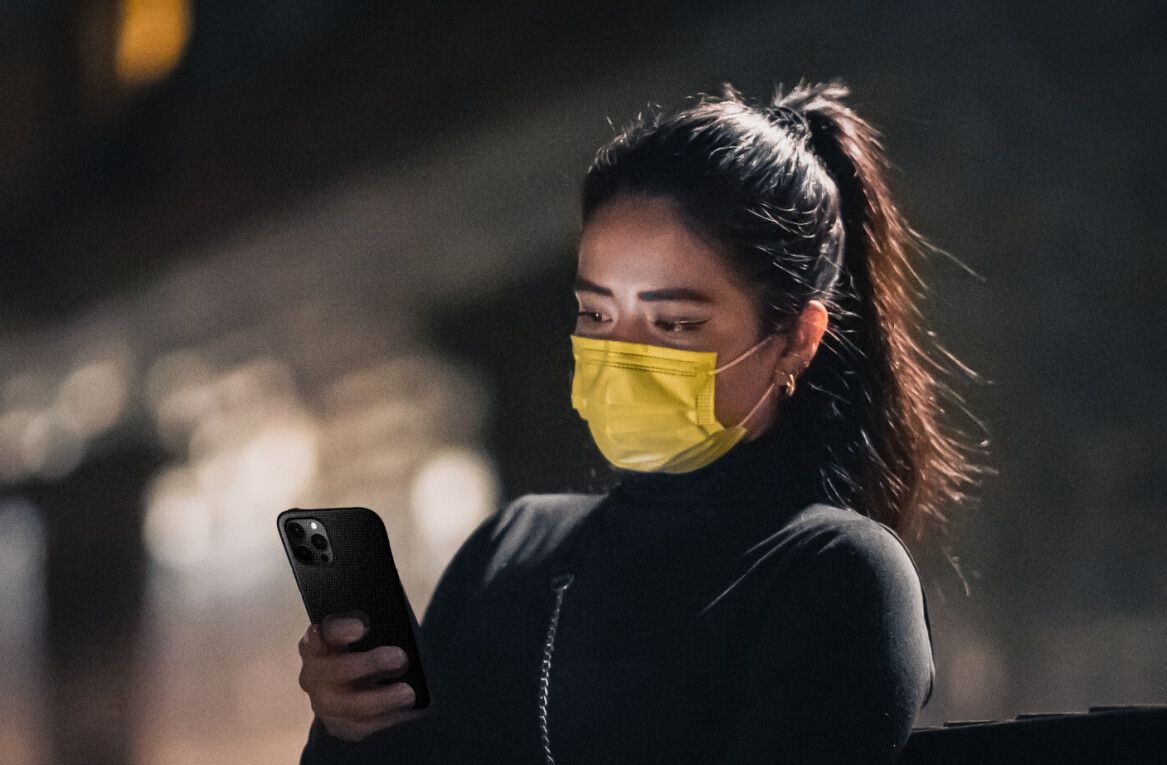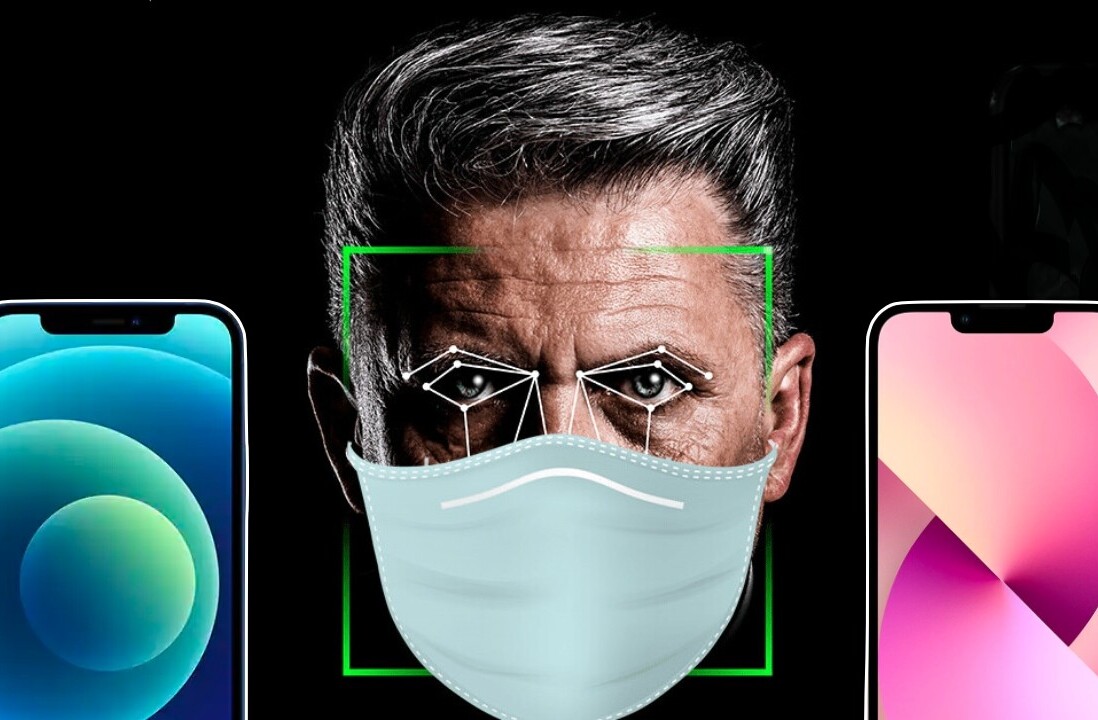
Journalists using mobile phones to file copy and shoot video is nothing new, most mainstream media institutions provide some sort of mobile support for their production teams and those can be used in many different ways to create content.
Interestingly though, the Irish broadcaster RTE is issuing iPhone accessory kits for its journalists with pro-standard peripherals to help make sure the collected material is of broadcast quality.
In a report on the Journalism UK site today, the details of the kit have been opened up for scrutiny and it’s a neat set up. Glen Mulcahy, production development manager for news at RTE arranged for ‘Grab Bags’ to be provided. Each kit comprises a lens adaptor, a range of microphones including a gun mic and lapel mic, lighting tools, Mifi for broadband connection, tripod and of course a bag to put it all in.
Anyone who has traveled with a TV kit will realise that shrinking the amount of equipment required to record the news is a bonus. It’s easier to take through customs when you go abroad and much lighter so there’s no need to hire a van to get from A to B while transporting things. The kit costs around €1,000 ($1300) and 15 bags are being assembled for the RTE staff.
Slow but steady progress
Major outlets like the BBC have already been training their staff and others to use mobile recording kits. The BBC Academy in particular has been very active when it comes to sharing these skills in the hope that more people will be able to make better videos for their own reports.
Filing material has been a big question for most organisations. The provision of the MiFi in these kits helps to get around this, but large video files can still be a sticking point if more than a few minutes of material is due to be sent back to a broadcasting hub. Mulcahy told Journalism UK that he is looking forward to the arrival of 4G in Ireland and doubtless higher data speeds will move things along.
As a thousand bloggers roll their eyes and point to sites like Qik, UStream and of course YouTube to illustrate how they have been using mobile recording for reports for years, it’s worth keeping in mind that media outlets are still competitive and so getting material back to base needs to be simple, secure and reliable.
To develop a system that works with a large media organisation takes time and of course staff do tend to need some training so that they don’t miss important breaking stories as they happen.
Not all broadcast material can be recorded on mobile phones reliably and at a standard that consumers will enjoy. Although raw material from events like the Arab Spring changed viewer tolerance, a long form interview with dreadful sound quality won’t keep people watching for long.
So although camera operators may already be feeling the pinch from big media cutbacks, they’re not entirely redundant when beautiful footage is still required for certain situations.
Investing in a light kit like this though is a smart move to encourage fast reporting in a digital age. More power to RTE for investing in this and hopefully the resulting material will be almost indistinguishable from the footage we are already accustomed to.
Image Credit: Joe Klamar / Getty Images
Get the TNW newsletter
Get the most important tech news in your inbox each week.





